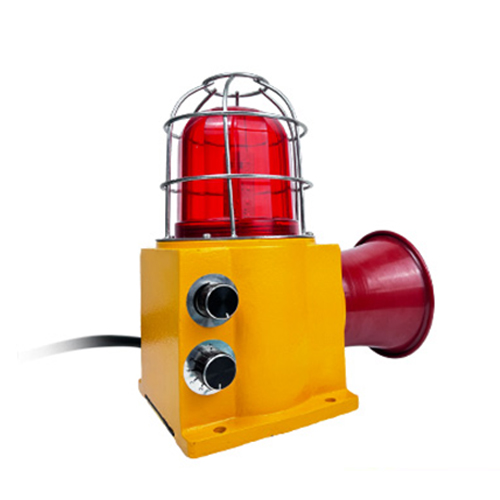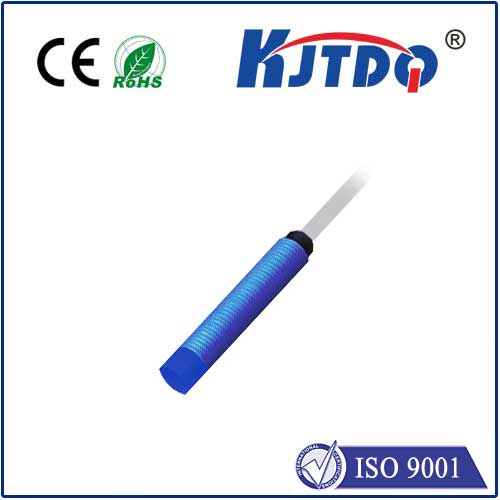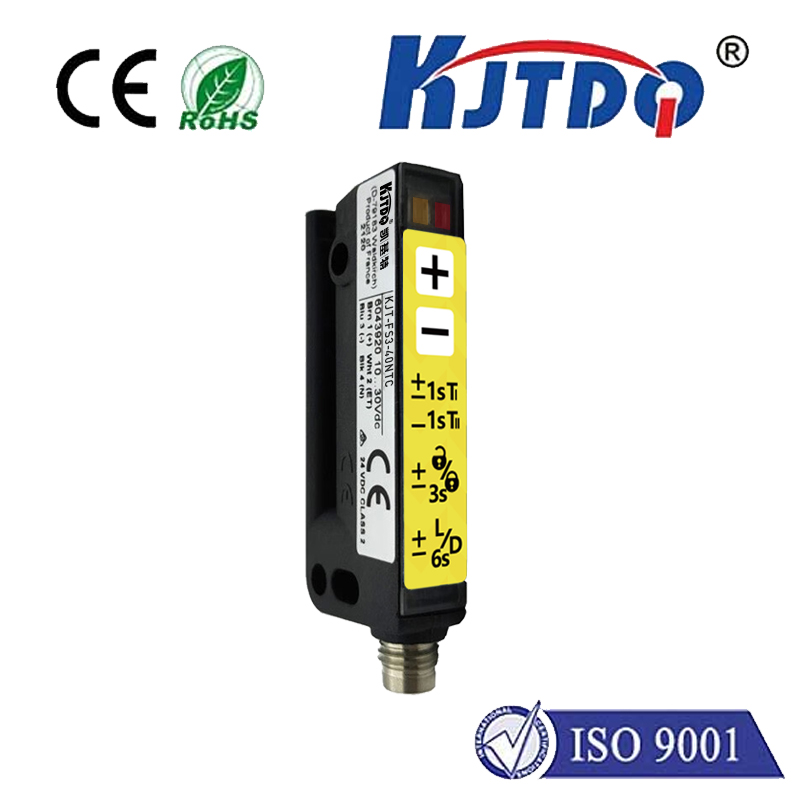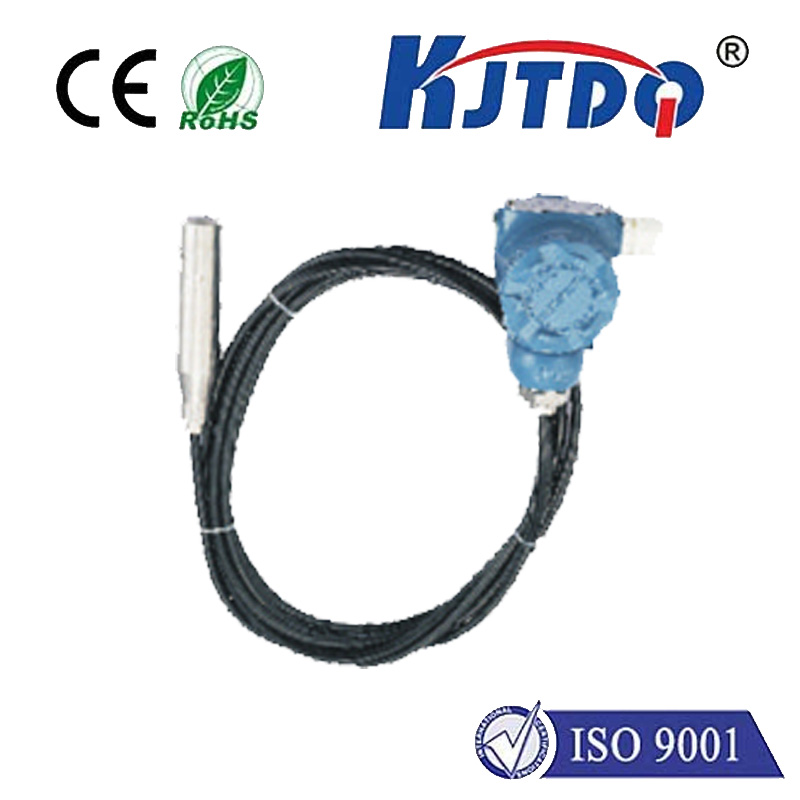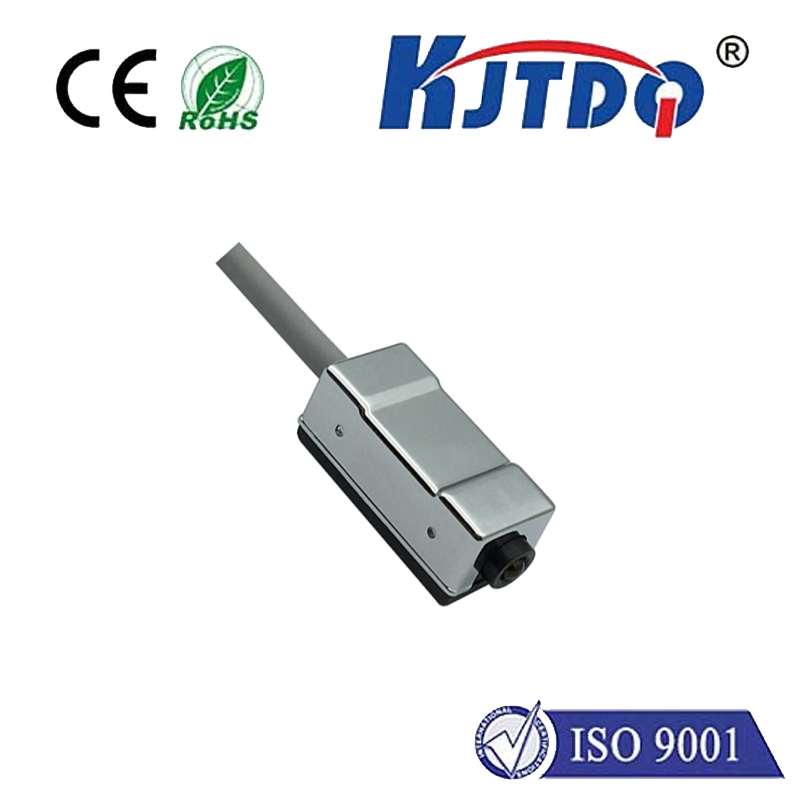KAP55 pressure sensor
- time:2025-09-24 06:03:40
- Нажмите:0
KAP55 Pressure Sensor: Delivering Rugged Precision for Demanding Industrial Applications
Imagine a critical process deep within a chemical plant: viscous fluids flowing under immense pressure through complex piping. A single undetected pressure spike could mean disaster. Or picture the hydraulic system of heavy machinery, operating relentlessly in dusty, vibration-filled environments. Consistent, reliable pressure monitoring isn’t just about efficiency; it’s fundamental to safety and operational integrity. This is precisely where robust, high-performance sensors like the KAP55 pressure sensor step into the spotlight, engineered to deliver steadfast accuracy where others might falter.
The KAP55 pressure transducer represents a class of industrial-grade sensors designed to excel in challenging conditions. It’s not merely a component; it’s a vital interpreter, converting the often invisible force of fluid or gas pressure into a precise, actionable electrical signal. This signal becomes the lifeblood of control systems, safety interlocks, and process monitoring across a vast spectrum of industries.
What Sets the KAP55 Sensor Apart?
The core differentiator of the KAP55 lies in its inherent ruggedness and reliability. Built typically using high-grade stainless steel (often 17-4 PH or 316L variants) for wetted parts and housing, it offers exceptional resistance to corrosion, erosion, and mechanical stress. This robust construction allows it to thrive in environments plagued by:

- High Vibration and Shock: Common in heavy machinery, mobile hydraulics, and power generation.
- Extreme Temperatures: Capable of stable operation across wide thermal ranges, often from -40°C to +125°C or beyond, depending on the specific model and configuration.
- Aggressive Media: Compatibility with various oils, fuels, coolants, compressed air, water, and many industrial chemicals, thanks to carefully selected diaphragm materials and sealing solutions.
- Harsh Climatic Conditions: Protected against dust and moisture ingress, frequently boasting an IP65, IP67, or even IP69K rating for outdoor or wash-down applications.
Beneath this tough exterior lies sophisticated sensing technology. The KAP55 typically utilizes a high-stability strain gauge technology, often based on a thin-film or ceramic thick-film principle bonded directly to a robust stainless steel diaphragm. This direct contact ensures excellent dynamic response and minimizes long-term drift. The strain gauges are configured within a precision Wheatstone bridge, whose output voltage changes linearly with applied pressure. This signal is then conditioned and amplified internally to deliver industry-standard outputs like 4-20mA, 0-10V, or increasingly common digital protocols (like I²C, SPI, or CANopen), ready for seamless integration into PLCs, data loggers, or control units.
Key Specifications and Performance Highlights
- Wide Pressure Ranges: Available to measure from relatively low pressures (a few bar/psi) up to very high pressures (hundreds or even thousands of bar/psi), catering to diverse application needs. Selecting the correct range is crucial for optimal accuracy.
- Superior Accuracy: Delivers high precision, often specified with ±0.5% FS (Full Scale) or better accuracy across the compensated temperature range. This level of precision is essential for quality control, efficiency optimization, and safety-critical measurements.
- Long-Term Stability: Designed to maintain calibration over extended periods, minimizing drift and the need for frequent recalibration – a key factor for reducing maintenance downtime and costs.
- Low Thermal Error: Engineered with excellent temperature compensation, ensuring readings remain accurate despite significant ambient or process temperature fluctuations.
- Electrical Options: Various electrical connections and cable options cater to different installation requirements. Threaded process connections (like G 1/4”, G 1/2”, M12x1.5, NPT) ensure secure and leak-free mounting.
Integrating the KAP55: Best Practices
Successful integration goes beyond just screwing in the sensor. Key considerations include:
- Mounting: Ensure correct torque is applied to the process connection to avoid damage or leaks. Isolators or snubbers may be necessary for pulsating pressures or extreme thermal cycling.
- Media Compatibility: Always verify that the sensor’s wetted materials are compatible with the specific process media to prevent premature failure. Pay attention to temperature limits of seals.
- Electrical Protection: Implement appropriate measures (fuses, surge protection, shielded cabling run separately from power lines) to safeguard against electrical noise, transients, and potential damage.
- Overpressure Protection: Select a sensor with a range comfortably exceeding the normal operating pressure. Transient pressure spikes exceeding the sensor’s specified limit can cause irreversible damage.
Where the KAP55 Pressure Sensor Delivers Value
The robustness and precision of the KAP55 make it an indispensable tool in numerous sectors:
- Hydraulic & Pneumatic Systems: Monitoring pump pressure, cylinder force, accumulator status, valve control pressure, and detecting blockages or leaks in mobile and industrial hydraulics and pneumatics. Preventative maintenance becomes significantly more effective.
- Industrial Process Control: Measuring and controlling pressure in chemical processing, oil & gas pipelines, refineries, power generation (water/steam circuits), and food & beverage production lines. Ensures consistent product quality and process safety.
- Test & Measurement Rigs: Providing accurate feedback in engine test beds, material testing equipment, calibration stands, and wind tunnels. Data integrity is paramount here.
- Heavy Machinery & Mobile Equipment: Monitoring hydraulic functions, brake systems, coolant pressures, and hydraulic implement control in construction, agricultural, and forestry machinery.
- HVAC & Refrigeration: Supervising refrigerant pressures, chiller systems, and boiler pressures for efficient operation and safety compliance.
- Water & Wastewater Management: Monitoring pump stations, filter backwash cycles, pipeline pressures, and tank levels.
Choosing the Right Pressure Sensor
While the KAP55 is a highly capable platform, selecting the optimal sensor requires careful analysis:
- Define the Pressure Type: Absolute, gauge (relative to atmosphere), sealed gauge, or differential pressure?
- Determine the Range: Choose a range where the normal operating pressure falls within 50-75% of the sensor’s full scale for best accuracy and longevity.
- Consider the Media: What fluid or gas is being measured? Temperature? Aggressiveness? Viscosity?
- Environmental Conditions: Assess temperature extremes, vibration/shock levels, humidity, and potential for dust/water ingress.
- Output & Electrical Needs: Specify the required signal type (e.g., 4-20mA, 0-10V, digital), supply voltage, and connection type.
- Accuracy & Stability Requirements: What level of precision and long-term stability is necessary for the application?
- Certifications: Are any specific approvals needed (e.g., ATEX/IECEx for hazardous areas, SIL, marine)?
The KAP55 pressure sensor embodies a commitment to delivering uncompromising performance where reliability cannot be a gamble. Its proven design, combining robust construction with sophisticated sensing technology and stable output, provides engineers and maintenance personnel with a dependable solution for critical pressure monitoring tasks. By converting the physical force of pressure into a precise electrical language, it empowers smarter control, enhanced safety, and improved efficiency across the demanding landscape of modern industry.





